While there is one majority ethnic group in China, the Hans People, there are 55 other minority groups, which means that contrary to popular beliefs and assumptions about China, there are many different types of Chinese Languages.
And as the largest country in Asia with a total of 9,596,961 KM2, China is distinguished for its many distinct features that include the large variety of languages spoken in China. According to reports from data collected in early 2019, the Chinese population is about 1.4 billion, and it represents up to 18.41% of the world’s total population. With all these people in one nation and the fact that there are many ethnic groups, it doesn’t come as a surprise to note that the Chinese people speak many different languages.
The latest data collected from the Ethnologue, China boasts 302 living languages, and these are all individual languages. Out of the 302, 276 of these are indigenous languages. As a result, the United Nations has set aside April 20th as the day to celebrate Chinese Language Day. By setting aside this day, the organization aims to promote its efforts in celebrating the country’s six official languages, even as they get to celebrate the nation’s linguistic and cultural diversity. Incidentally or coincidentally, there is another celebration that’s been slotted for April 20th – this is the day of the Guyu (Guyu is Chinese for Rain of Millet or Grain Rain), a celebration that honors Cangjie. Cangjie is this imaginary figure in Chinese folklore, a figure that is believed to have invented Chinese characters. Folk tales note that the gods and ghosts and cried, and then there was millet raining down from the sky – this happened at the same time when the Chinese characters were invented by the figure known as Cangjie.
Back to Chinese languages, it’s worth noting that the Chinese 302 languages are classified as dialects – this is for political reasons. So, while linguistics may disagree with this classification, the dialects are pretty much the same thing as the languages in China.
Chinese Language – Origin
Before we go deep into the Chinese languages/ dialects, it’s worth noting that the Chinese language is a language belonging to the Sino-Tibetan family of languages – this language group is considered the largest language family groups in the world.
Chinese is today spoken by at least 1.3 billion people from all over the world. Out of the largely recognized Chinese languages, Mandarin is the most popular language, but it’s regarded as just a dialect. The use of Mandarin is, however, quite widespread. Interestingly, Mandarin Chinese speakers don’t understand Cantonese, which is a variant of Mandarin. But even with a large number of variants to Mandarin, Mandarin Chinese, better known as Pǔtōnghuà, has, since the 1930s, been considered China’s official/national language.
Official National Directives
China’s policies allow for regional and cultural autonomy where each region, as well as dialect groups, are allowed to carry on their businesses using their specific dialects/ languages. However, these groups and the autonomous societies are also required to not just understand but also speak the national language – Mandarin Chinese – the common Chinese language.
Interestingly, the Chinese government didn’t pay much attention to languages before the 20th century. It wasn’t until 1949 that the government focused on and supported the idea of having a single official national language. Actual concrete actions regarding the same were only implemented a few more years in 1955, when Mandarin was selected as China’s official language. To make this directive work, schools were directed to teach Mandarin, and Mandarin was to be used in just all the important aspects of life, from commerce and journalism to the army, all industries, broadcasting, and even translation and interpretation works. These reforms also included changes in written Chinese, resulting in the government’s abolishment of a number of Chinese characters and the order for the simplification of several hundreds of characters.
what are the top 3 languages spoken in china
- Mandarin Chinese dialects are spoken by 71.5 percent of the Chinese population.
- Next, about 8.5 percent population speaks Wu.
- Yue also called Cantonese; 5 percent.
Chinese Language and Dialects
Linguists note that there are 7 (others recognize 10) main groups of the Chinese languages. And as mentioned above, Mandarin is the largest and the most common language. There are many sub-dialects in between, thanks to geographical isolation.
It’s also worth noting that it can be quite complex to grasp the full level of diversity and complexity of the Chinese languages, which is why most of the time, speakers of different regional dialects are unable to understand each other – the pronunciations and accents for most characters differ, hence the differences.
That said, here are the main language groups in China
Chinese Mandarin Language
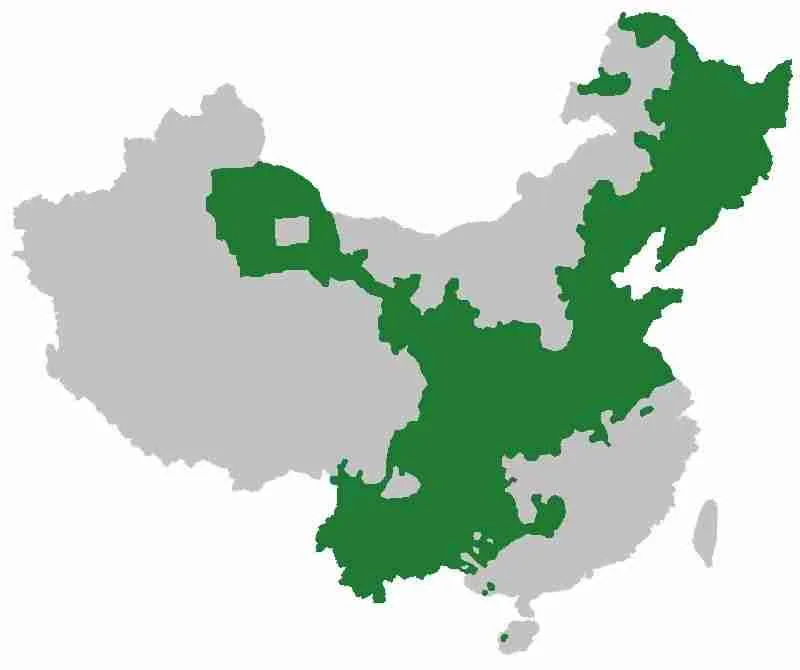
Also referred to as Northern Chinese, Mandarin is the country’s common language, and it’s spoken by about two-thirds of the population. Mandarin is also known as Standard Chinese, Beifang Fangyan, Zhongguohua, or Zhongguohua, and it’s spoken by at least 1.082 billion people in China and 1.116 billion people across the world.
There are four main subdivisions to Mandarin Chinese – Northern Mandarin spoken in Beijing and Manchuria, Northwestern Mandarin spoken in Northwest provinces and in Baoji, Southwestern Mandarin spoken in Southwest China areas, and Southern Mandarin that’s common in areas like Hainan, Guangdong, and Guangxi provinces.
Often, the differentiating feature in these dialects is the tone and the fact that there are some Mandarin words that end in consonants.
Wu language
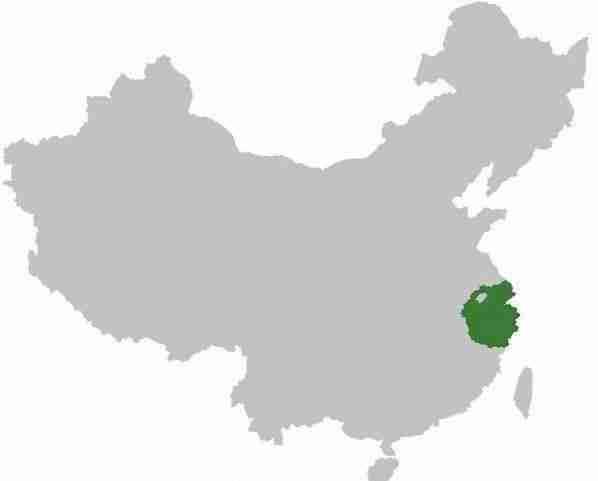
This is the Chinese dialect spoken in the coastal areas of Shanghai. It’s also called Changzhou, Goetian, or Wúyuèyǔ.
2017 reports show that there were 81.5million Wu speakers in the world and 81.4million in China. This language is believed to have spread from Suzhou (a cultural center) in the 5th Century.
Yue language
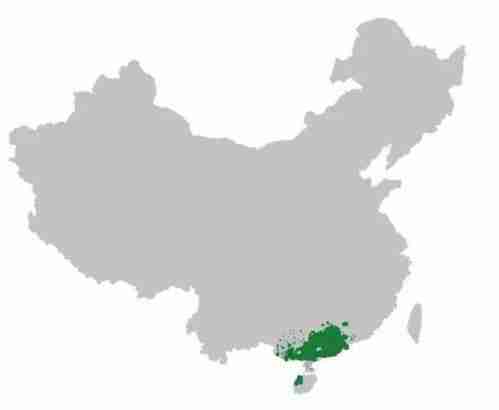
Also known as Cantonese, Yueh, Yuet Yue, or Yueyu, there are about 73.5 million speakers worldwide, with 62million of them in China. Interestingly, this dialect isn’t mutually intelligible with the rest of the Chinese dialects. There are 10 Cantonese dialects, and this language has most of the features seen in ancient Chinese, which include the use of different final consonants. It also features 6 tones, and it generally features fewer initial consonants.
Xiang language

This is the dominant dialect in the Southern China Hunan province, and it’s divided into the Old Xiang and New Xiang.
Chinese Min Language
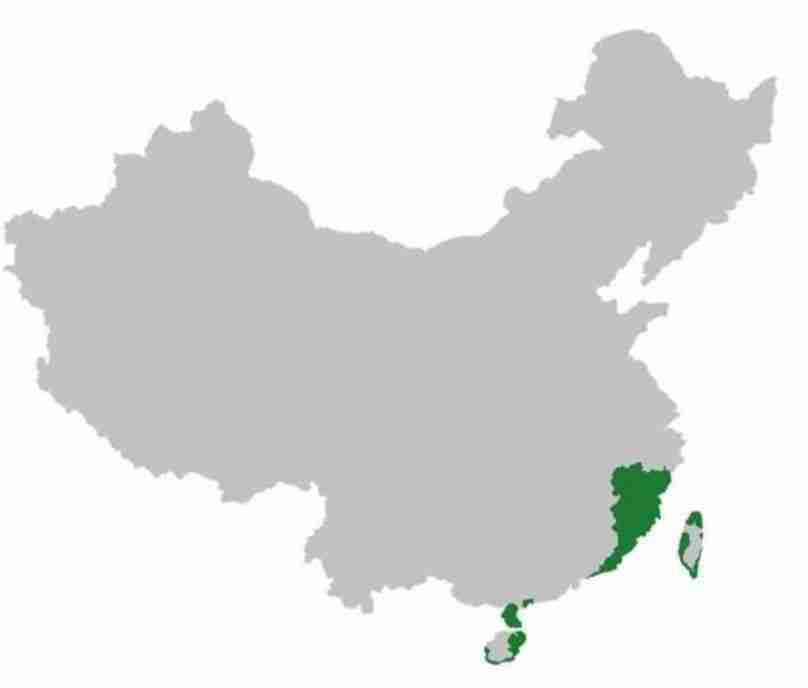
This is spoken by a large population of people in the Fujian province, as well as parts of Guangdong, Zhejiang, Hainan, and Taiwan.
There are 5 main variants of Min – Min Nan, Min Dong, Min Bei, Pu-Xian, and Min Zhong. These variants have 50.5 million, 10.3million, 11million, 2.6million, and 3.5million speakers, respectively.
Min Chinese, also known as the Min language(Hokkien) branch of the Sino-Tibetan language family or the Min dialects of the Sinitic branch, is spoken by a population of over 70 million people. It is primarily spoken in the Fujian province of China but is also found in southern Zhejiang, Taiwan, Guangdong, Hainan, and overseas communities. Min Chinese is a collective term for various dialects within the Min language branch. The five major dialects, which are mutually unintelligible, are Minbei (Northern Min), Minnan (Southern Min), Mindong (Eastern Min), Minzhong (Central Min), and Pu-Xian (Hinghwa) dialects. The formation of Min Chinese has multiple origins, with lexical influences from ancient Wu Chinese and Chu Chinese (Xiang dialect) still preserved.
Gan Chinese language
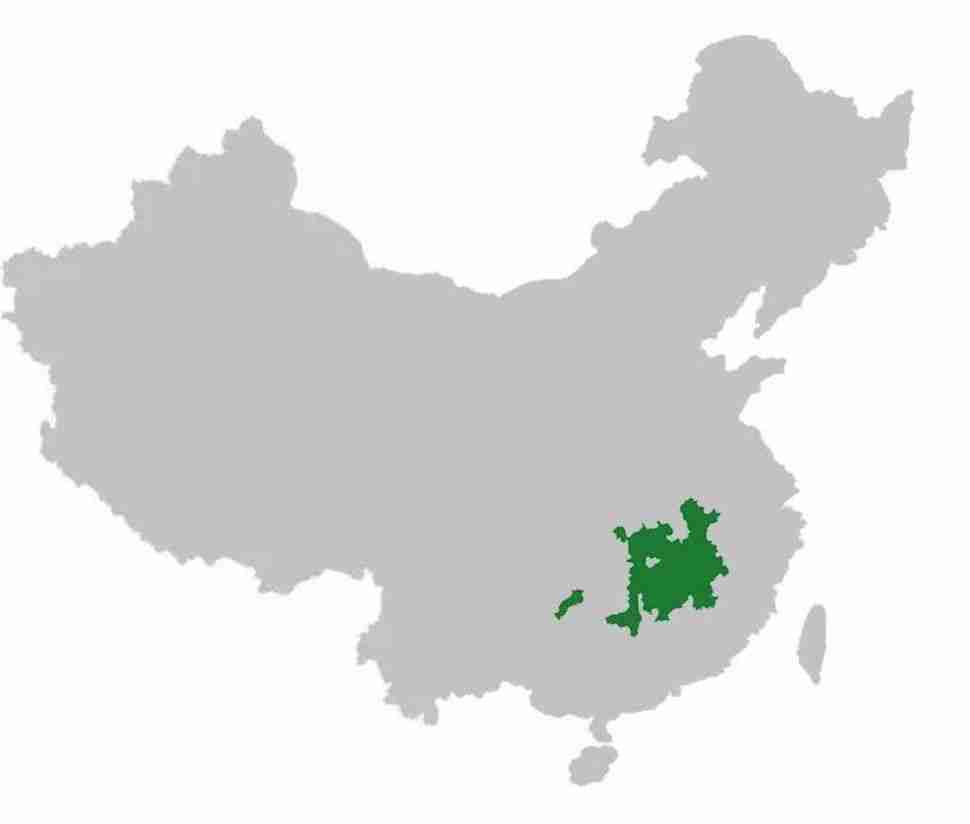
With 22 million speakers from Fujian, Hunan, and Hubei, Gan is the other predominant Chinese dialect. It also goes by the names Jiangxinese, Kan, or Xi, and it shares a lot with the Hakka dialects and their sub-dialects. It’s intelligible to Wu, albeit partially, as well as the Mandarin, but mutually Hakka speakers.
Chinese Hakka language
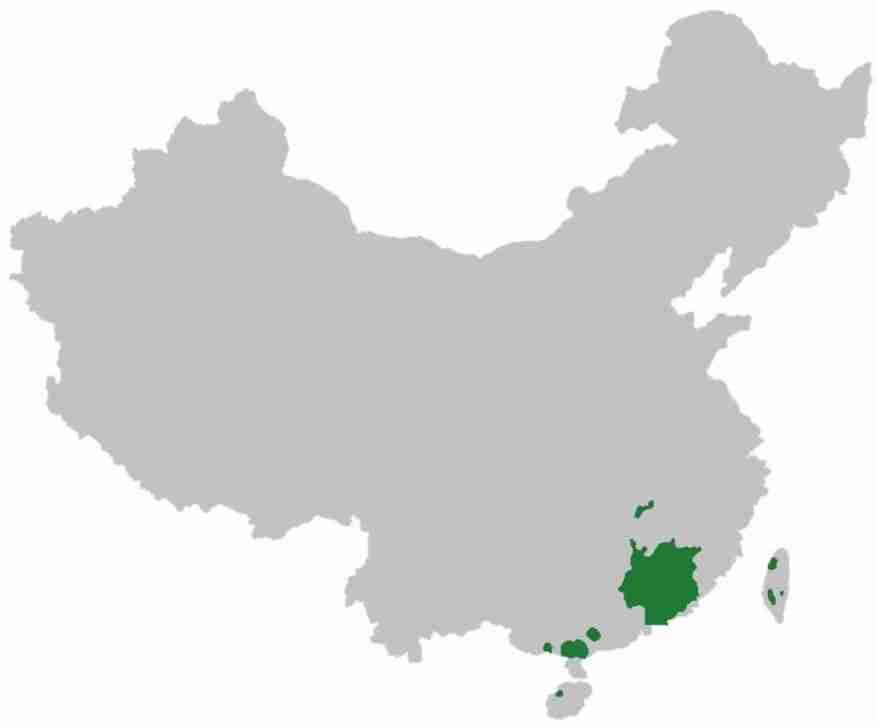
Boasting 13 dialects thanks to the geographical isolation of the speakers, Hakka is quite popular with at least a 43.5million speakers across China and about 48.5million speakers across the world. Hakka features 6 tones, and most of the language appears to have been borrowed from Cantonese.
As you can see, the Chinese language is one of the most linguistically diverse languages in the world, but given the large size of the country, the 300+ variations make sense.